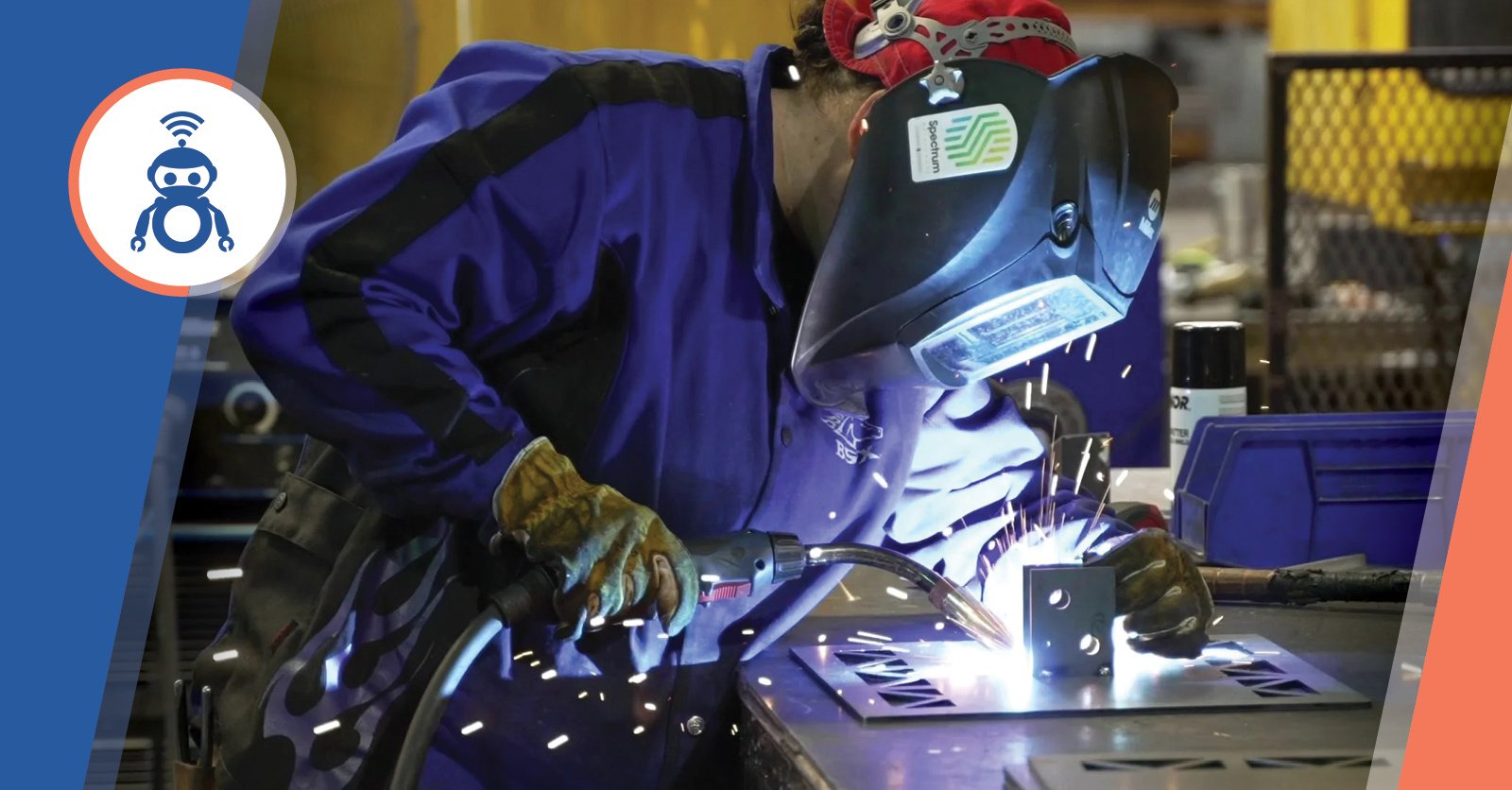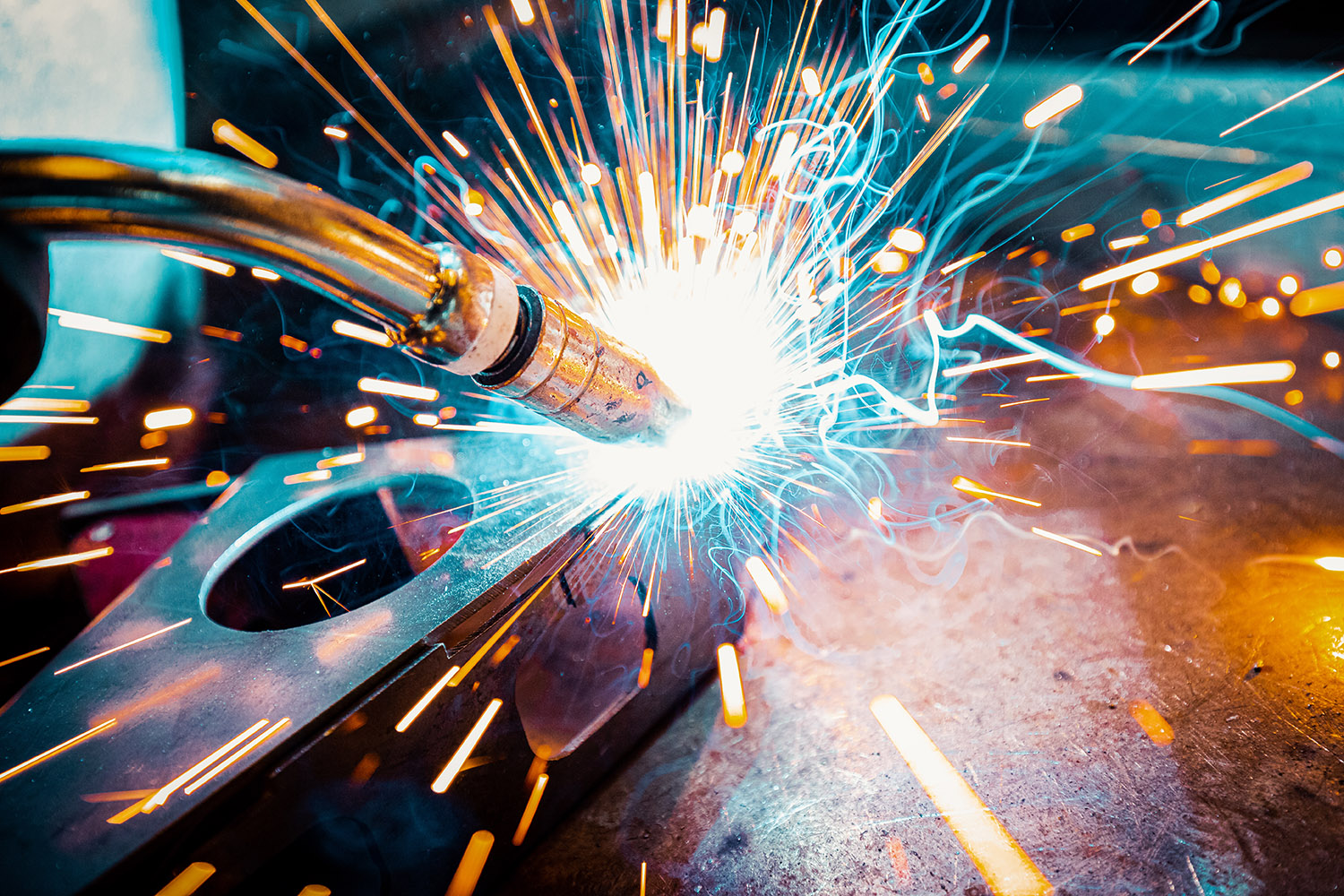Everything about Welding: Trick Insights Into Techniques and Best Practices for Success
Welding includes a selection of methods, each suited for specific materials and applications. Recognizing these approaches, such as GMAW, SMAW, and TIG, is vital for accomplishing perfect results. In addition, the appropriate devices and safety practices can not be overlooked. As preparation and repairing play crucial roles in the welding procedure, understanding these components can greatly improve the top quality of the last product. What are the crucial variables that guarantee a successful weld?
Comprehending Different Welding Techniques
Welding methods incorporate a range of techniques, each matched to specific applications and materials. Among the most typical strategies are Gas Steel Arc Welding (GMAW), Shielded Metal Arc Welding (SMAW), and Tungsten Inert Gas Welding (TIG) GMAW, also understood as MIG welding, is popular for its speed and flexibility, making it optimal for slim materials. SMAW, or stick welding, is favored for its simpleness and effectiveness in exterior settings, particularly with thicker steels. TIG welding uses precision and control, making it appropriate for complex work and non-ferrous metals (Montana Mobile Welding and Repair Fabrication). Each method has its distinct advantages and considerations, permitting welders to pick the most effective approach based on the task's requirements, product type, and desired end results. Recognizing these strategies is vital for successful welding
Important Welding Devices and Tools
While various welding strategies need specific abilities, the best tools and devices are just as essential for attaining top quality results. Important welding tools consists of welding machines, which differ relying on the strategy-- such as MIG, TIG, or stick welding. Protective equipment, consisting of aprons, safety helmets, and gloves, warranties security and comfort throughout the procedure. In enhancement, fixtures and clamps assist safeguard materials in position, making certain precision in welds. Consumables like welding rods, cable, and shielding gas are additionally vital elements that influence the top quality of the weld. Furthermore, devices such as cutters and mills facilitate surface preparation and post-weld ending up, adding to an expert end result. Purchasing premium devices inevitably boosts the efficiency and effectiveness of welding jobs.
Security Practices in Welding
Correct safety practices are necessary in the welding industry to secure employees from potential dangers. Welders should use proper individual protective devices (PPE), consisting of headgears with appropriate shading, gloves, and flame-resistant garments. Sufficient air flow is crucial to minimize direct exposure to damaging fumes and gases produced during the welding process. In addition, workers must be learnt the proper handling of welding tools to avoid crashes. Fire safety steps, such as keeping combustible products away from the welding area and having fire extinguishers readily available, are essential. Regular evaluations of equipment and workspaces can help identify potential dangers before they result in accidents. By sticking to these security practices, welders can create a more secure working atmosphere and reduce risks connected with their profession.
Preparing Materials for Welding
Preparing products for welding is a crucial step that considerably influences the top quality and integrity of the end product (Montana Mobile Welding and Repair Fabrication). Proper preparation entails cleaning the surfaces to get rid of contaminants such as oil, dust, and rust, which can jeopardize the weld. Methods such as grinding, sanding, or utilizing solvents are commonly utilized to achieve a tidy surface. Furthermore, guaranteeing that the products fit together comfortably is crucial; gaps can cause weak welds. It's also vital to take into consideration the positioning and positioning of the parts, as this will impact the convenience of welding and the last result. Picking the suitable filler material and guaranteeing compatibility with the base metals is important for achieving solid, sturdy welds.
Tips for Getting High-Quality Welds
Attaining top quality welds needs interest to detail and adherence to ideal practices throughout the welding procedure. Correct joint prep work is crucial, making certain surface areas are tidy and totally free from contaminants. Picking the ideal filler product and welding method based upon the base steels is crucial for ideal bonding. Keeping regular travel speed and angle while welding can prevent flaws and promote harmony. In addition, managing warmth input is crucial; extreme heat can result in bending and weakened joints. If necessary, consistently evaluating the welds during the procedure permits for immediate changes. Lastly, using ideal post-weld treatments, such as cleaning and anxiety relief, can boost the toughness and stability of the weld, eventually making sure an effective end result.
Troubleshooting Typical Welding Issues
Welding often provides challenges that can affect the high quality and integrity of the end product. Typical concerns such as porosity, inconsistent weld beads, and getting too hot can develop, each requiring details troubleshooting methods. Recognizing these problems is essential for welders to boost their skills and achieve perfect results.
Porosity Problems Explained
Although porosity can usually be ignored, it remains a vital concern in welding that can jeopardize the stability of a completed product. Porosity describes the visibility of tiny jkarc gas pockets within the weld grain, which can lead and deteriorate the joint to premature failure. This trouble typically develops from impurities, wetness, or inappropriate protecting gas insurance coverage throughout the welding process. To alleviate porosity, welders should validate that the base products are tidy and dry, utilize ideal protecting gases, and preserve constant welding specifications. Consistently checking the devices and environment can additionally aid identify possible concerns prior to they show up in the weld. Resolving porosity effectively is essential for attaining strong, long lasting welds that satisfy quality criteria.

Irregular Weld Beads
Irregular weld grains can significantly influence the high quality and stamina of a completed item. Different aspects contribute to this problem, including improper travel speed, inaccurate amperage setups, and irregular electrode angles. When the welder relocates also quickly, a bead might appear narrow and do not have infiltration, while relocating too gradually can cause extreme build-up. Furthermore, using the wrong amperage can lead to either undercutting or too much spatter, both of which compromise weld honesty. The welder's strategy, such as irregular torch movement, can also result in irregular bead appearance. To minimize these troubles, welders must focus on maintaining steady, controlled movements and ensuring appropriate tools setups to attain harmony in their welds. Consistency is crucial to achieving reputable and solid welds.
Getting Too Hot and Bending Issues
Excessive heat throughout the welding process can bring about substantial overheating and warping concerns, impacting the structural integrity of the work surface. These problems usually show up as distortion, which can endanger positioning and fit-up, making additional setting up challenging. Aspects adding to overheating include the option of welding criteria, such as voltage and travel speed, in addition to the type of material being bonded. To mitigate these issues, welders need to keep consistent travel speed and ideal warmth input while keeping track of the work surface temperature. In addition, pre-heating or post-weld heat treatment can assist minimize anxieties brought on by rapid cooling - Belgrade Welding. Routine assessment and adherence to ideal practices are essential in stopping getting too hot and making certain the long life and reliability of bonded structures
Often Asked Concerns
What Are the Career Opportunities in the Welding Sector?
The welding industry supplies diverse occupation opportunities, including settings as welders, assessors, instructors, and designers. Experts can operate in manufacturing, construction, aerospace, and auto fields, taking advantage of solid need and competitive salaries in different roles.
Exactly How Can I Improve My Welding Speed Without Giving Up Quality?
To enhance welding rate without compromising top quality, one must exercise efficient methods, maintain devices, maximize setups, and enhance hand-eye sychronisation. Normal training and seeking responses can also greatly add to attaining much faster, high-quality welds.
What Certifications Are Available for Welders?
Numerous qualifications exist for welders, consisting of those from the American Welding Culture (AWS), the National Facility for Building And Construction Education and Research (NCCER), and different industry-specific companies. These qualifications boost employability and show ability efficiency.
Just How Does Welding Impact the Properties of Metals?
Welding influences the residential or commercial properties of steels by altering their microstructure, which can lead to adjustments in stamina, ductility, and hardness. Heat input and cooling rates throughout the process greatly influence these material features.
Can I Weld Dissimilar Metals Together?
